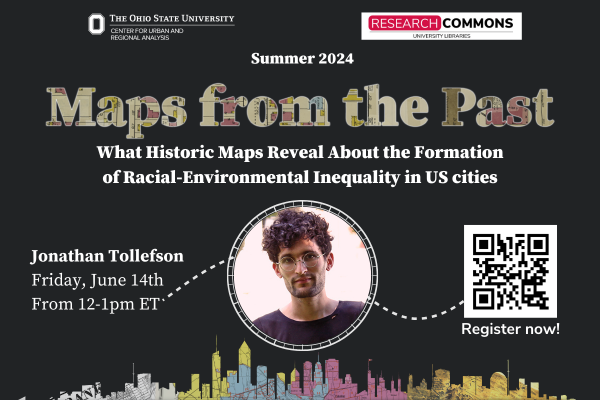
Environmental inequality research is largely left-censored to about the 1980s, primarily due to a lack of comprehensive environmental site data prior to EPA-era regulatory and monitoring requirements. As a result, environmental inequality research has developed during a period in which neighborhood-scale racial inequality was already an established fact on the ground. Sociologists thus have limited understanding of the environmental dimensions of urban inequality during the initial solidification of the segregated and unequal neighborhood in the late 19th and early 20th century. To close this historical gap, I developed an original computational methodology to identify environmentally hazardous sites in US cities, using a corpus of building-level maps published by the Sanborn Fire Insurance Company. Sites are paired with geolocated historic census data to measure changes in the social stratification of environmental exposure in six US cities from 1880 to 1930. Results reveal that the 1880 to 1930 period was characterized by the steadily racialization of environmental risk, as nonwhite residents increasingly came to occupy the same neighborhoods and streets as hazardous industry. These findings suggest that racial-environmental inequality emerged much earlier than other empirical studies have demonstrated, and that environmental risk is likely more central to the formation of the neighborhood than previously acknowledged.
Jonathan Tollefson is a Ph.D. candidate at the Brown University Department of Sociology and the Institute at Brown for Environmental and Society. Their research investigates inequality and stratification as environmental processes, with a focus on long-term trajectories of social and environmental change in cities. Jonathan’s work is supported by a fellowship with NIST’s Professional Research Experience Program.
This summer, CURA and The Research Commons are hosting a series of presentations featuring scholars engaged in research with historical maps to illuminate the links between urban challenges and impacts old and new.
This event is approved for 1 AICP CM credit. To claim your CM credits, log into your My APA account on the APA website and enter the event into your online CM event log.

This presentation will touch upon GIS&T Body of Knowledge topics and counts towards the education portion of the GISP portfolio.
